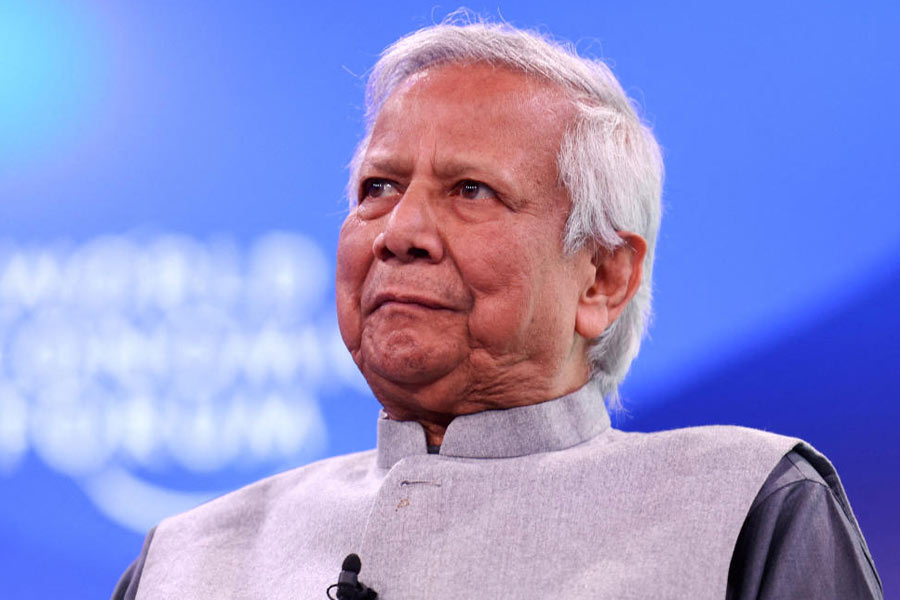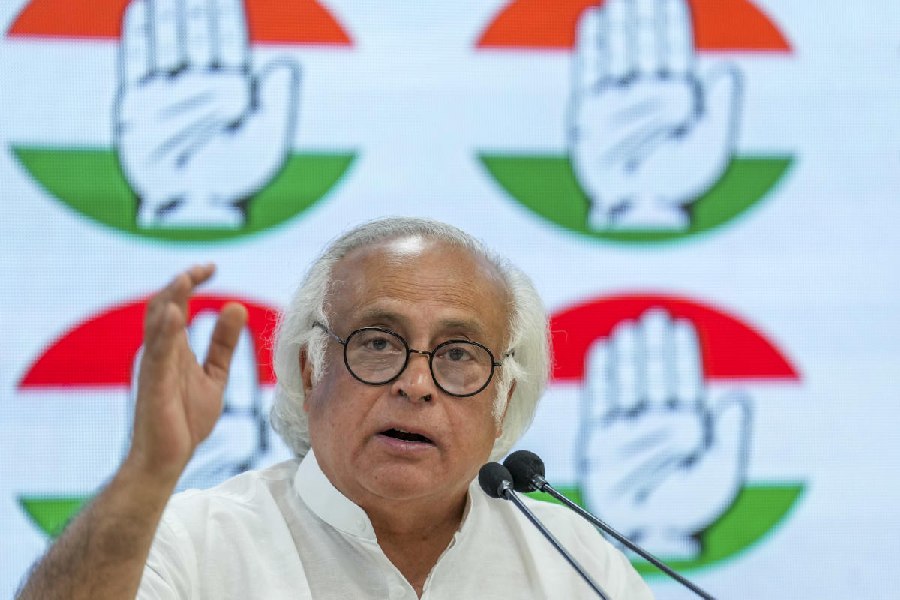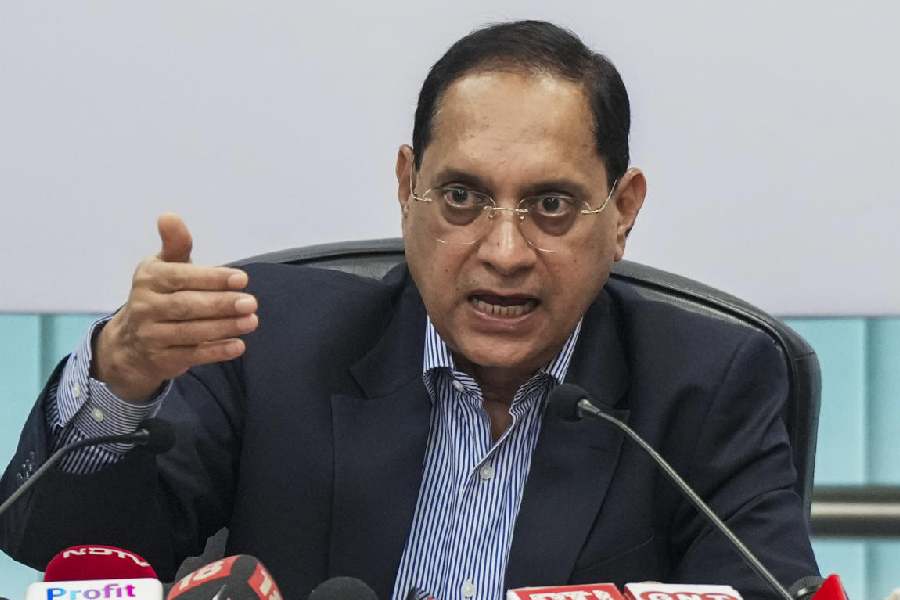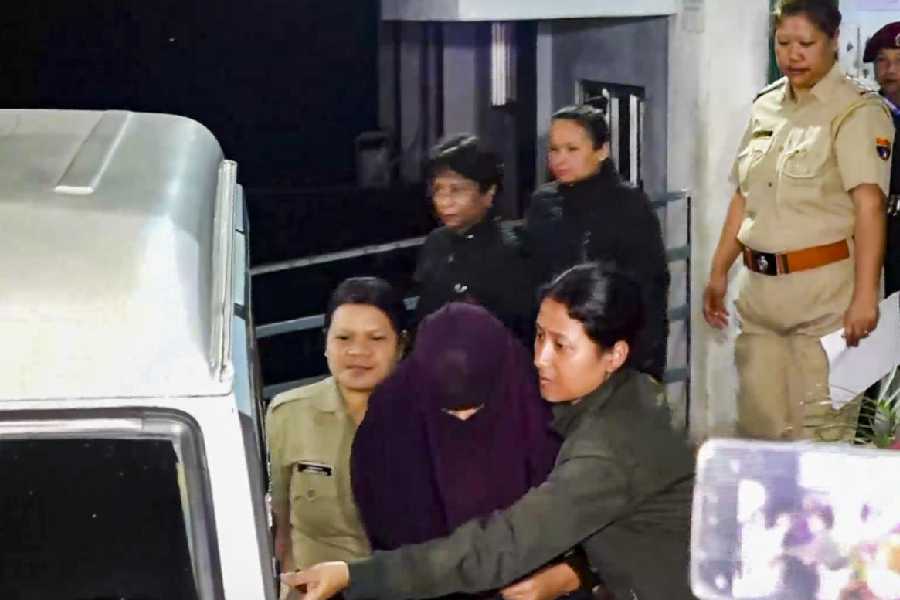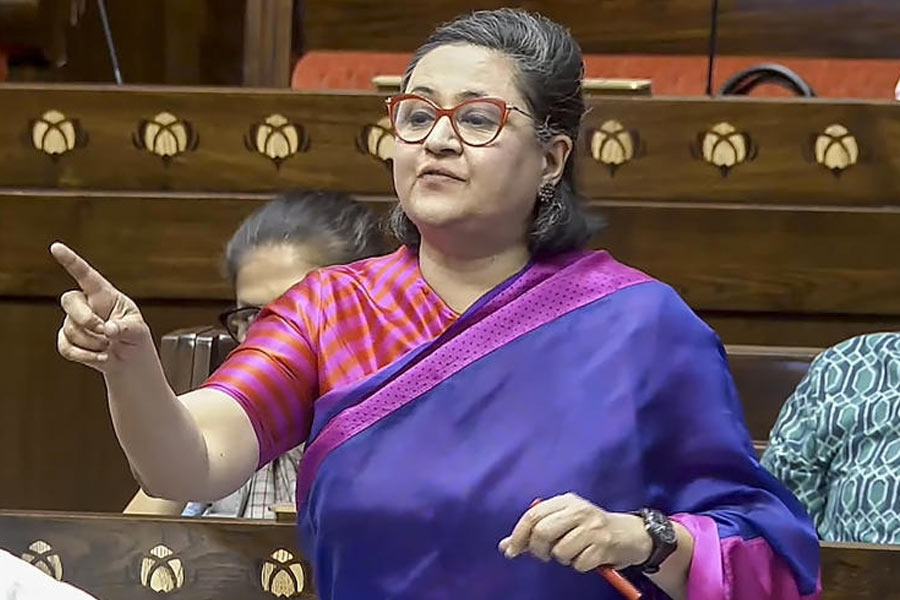
In a corner of Ashutosh Gowariker’s spacious office in Khar, Mumbai, terracotta figurines share space with a coffee-table book on art and a cordless phone. The statues wouldn’t have been out of place in Mohenjodaro, the ancient city that his latest magnum opus — Mohenjo Daro, Hrithik Roshan’s first release in close to two years — is set in. In the middle of pre-release madness, the 52-year-old actor-turned-director sat down to talk about the naked truths of recreating a whole new world, Hrithik from Jodhaa Akbar to Mohenjo Daro, and working with his son Konark for the first time.
What got you interested in Mohenjodaro?
(Laughs) We know nothing about this civilisation. As a cinematic experience, when you watch films on the Roman or Egyptian civilisations, you get some sense of what they were like. We, on the other hand, haven’t really celebrated our first civilisation. I’ve been thinking of this for a long time, but you have to wait for inspiration to strike. It took me some time to zero in on a story that was relevant in today’s time.

Out of the eight films you’ve directed, four are period films. What it is about historicals that draws you?
I like creating different worlds. Within the time period I showcase, I like to find untold chapters. So, Jodhaa Akbar (2008) is not Akbar’s story, but the couple’s story, which is not written about. If you see Lagaan (2001), the period is correct but Bhuvan (played by Aamir Khan) and the cricket match is fictional. Khelein Hum Jee Jaan Sey (2010) interested me because I didn’t know anything about them (Masterda Surya Sen and his group of revolutionaries). Most freedom fighter stories are set in the north or the south.
.jpg)
Are you a history buff?
Not really. I never really liked history when I was a kid. I just like creating worlds and spaces that people have not experienced before. Even What’s Your Raashee? (2009) told a story that had never been told before.

Recreating a time period that so little is known about means that it is very tough to research but one can also take creative licences. What route did you take?
(Laughs) Definitely not the latter. A movie is a movie... it’s not a piece of research. Having said that, I understand that it is a very influential tool. A film makes your imagination become real. Even though the film is set in a time that’s not very well documented, I decided to get in touch with archaeologists. I wanted to get the hard facts. I realised that I could stay true to the architecture, jewellery, clothes and seals because those were found. If you look at the seals, there’s one of two men fighting with a woman standing between them, and that’s a scene in the film. There is another seal of a drummer... Hrithik’s character Sarman is a drummer. Maham (played by Kabir Bedi) has a crown with big horns, which is very similar to a seal we saw.
I feel like I have done all that I could to make the film as accurate as possible. The only thing I couldn’t do was go to the site of Mohenjodaro because it was closed for safety reasons. The closest I got was to Dholavira (in Gujarat) where I got to walk and experience a city of that civilisation.
There was some talk about historical inaccuracies after the trailer came out...
Ya. See, it’s common for two historians or archaeologists to not agree on a theory or finding. As a filmmaker, I had to decide which archaeologist’s theories I could rely on for the film. I chose Jonathan Marks, who is the head of anthropology at the University of Wisconsin. He has spent 40 years studying about Harappa and Mohenjodaro. I worked with him and four other Indian archaeologists.
If someone who has read a book by another historian is saying that there are inaccuracies, maybe you are right in having that observation. But since I am following one school of thought, you have to watch the movie for my version.
There was some criticism about the costumes too. Apparently the statues that were found from the Indus Valley Civilisation were all naked, so how are your characters wearing such elaborate outfits?
Well, I couldn’t make a film with naked actors! (Laughs) But that is right. All the figurines that were found… that we saw in our history books... were naked.
Also, suppose our civilisation has ended and some archaeologists find the statue of (Michelangelo’s) David or Rodin’s thinking man (The Thinker) and infer that we were all naked! It would be so silly.
This is your second period piece with Hrithik. Was it easier to get him on board this time?
It was. When I had gone to him with Jodhaa Akbar, he couldn’t believe that I wanted him to play Akbar. He just couldn’t see himself as the character. And I needed him to have a moustache and Hrithik wasn’t comfortable with that either. Akbar also had a mole, but I decided we couldn’t have Hrithik not looking good, but the moustache was non-negotiable. He took some time to agree. With Mohenjo Daro, it was easier because we had been there, done that before. It was fun working with him this time around because our relationship was more fluid this time.
This is your fifth film with A.R. Rahman. What works for your collaboration?
He is a very interesting artiste to collaborate with. What I like about working with him is that he is constantly reinventing himself. Each time that he has worked with me is not because he likes me, but because he liked the project. He wants to know every little detail because he has to create another world. He resets himself to zero before every film. Every film has a mnemonic…a sound that become almost like a signature of the film. For this one, it is the opening of the Sindhu Ma song. When he came up with the tune, it felt perfect.
This is the first film your elder son Konark’s assisted you on...
Yes! He has just returned from Emerson College. He helped out with casting and scripting and has done the subtitles. It was interesting to get his inputs... to understand how he sees the world. After this film is done, he is going to start working on his script. My younger son Vishwang is also studying at Emerson. Both of them want to be filmmakers.
Karishma Upadhyay


